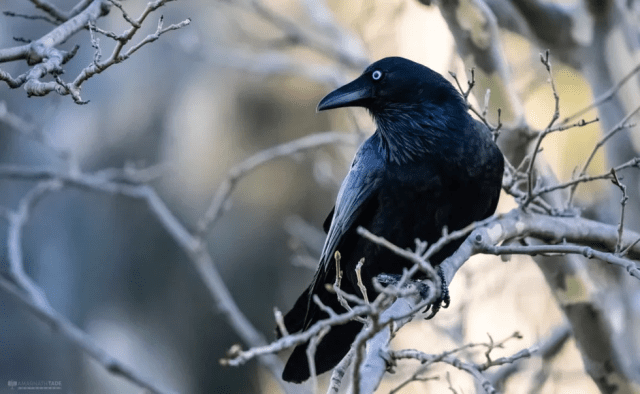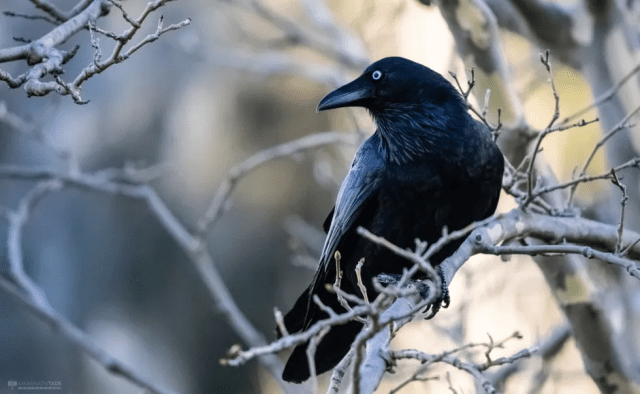Crows have already been known about their superior intellect, but recent studies have added even more depth to this discovery. Members of the corvid family have been observed to process events happening around them and try to come up with the appropriate response.
This is the first time such a relationship between cause and action has been observed in corvid behavior.
The Internet features plenty of videos with crows, ravens, and magpies using tools and recognizing faces, but a new study published in the Science journal states that crows can even think about their problems and search for solutions.
This is associated with self-awareness which was only observed in humans and a few mammals so far. The researchers who worked on the study found that the crows’ unlayered pallium plays an essential role in this breakthrough.
Researchers have also studied the brains of pigeons and barn owls and found they have similar neuroanatomy as crow brains. A rough estimation suggests that crow brains have as many as 1.5 billion neurons and this number is directly proportional with the bird’s intelligence.
A research unveiled in Science finds that crows know what they know and can ponder the content of their own minds, a manifestation of higher intelligence and analytical thought long believed the sole province of humans and a few other higher mammals.
Humans have tended to believe that we are the only species to possess certain traits, behaviors, or abilities, especially with regard to cognition. Occasionally, we extend such traits to primates or other mammals—species with which we share fundamental brain similarities. Specifically, carrion crows show a neuronal response in the palliative end brain during the performance of a task that correlates with their perception of a stimulus.
A second study, also in Science, looked in unprecedented detail at the neuroanatomy of pigeons and barn owls, finding hints to the basis of their intelligence that likely applies to corvids’, too.
















